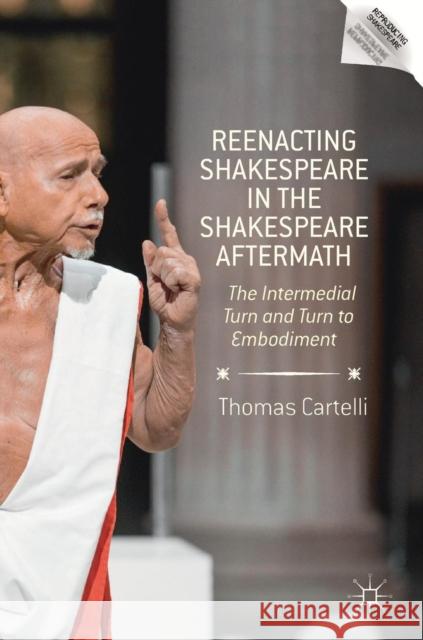Reenacting Shakespeare in the Shakespeare Aftermath: The Intermedial Turn and Turn to Embodiment » książka
topmenu
Reenacting Shakespeare in the Shakespeare Aftermath: The Intermedial Turn and Turn to Embodiment
ISBN-13: 9781137404817 / Angielski / Twarda / 2019 / 343 str.
Reenacting Shakespeare in the Shakespeare Aftermath: The Intermedial Turn and Turn to Embodiment
ISBN-13: 9781137404817 / Angielski / Twarda / 2019 / 343 str.
cena 363,12
(netto: 345,83 VAT: 5%)
Najniższa cena z 30 dni: 346,96
(netto: 345,83 VAT: 5%)
Najniższa cena z 30 dni: 346,96
Termin realizacji zamówienia:
ok. 22 dni roboczych
Bez gwarancji dostawy przed świętami
ok. 22 dni roboczych
Bez gwarancji dostawy przed świętami
Darmowa dostawa!
Kategorie:
Kategorie BISAC:
Wydawca:
Palgrave MacMillan
Seria wydawnicza:
Język:
Angielski
ISBN-13:
9781137404817
Rok wydania:
2019
Wydanie:
2019
Ilość stron:
343
Waga:
0.57 kg
Wymiary:
15.5 x 21.8 x 2.9
Oprawa:
Twarda
Wolumenów:
01
Dodatkowe informacje:
Wydanie ilustrowane











